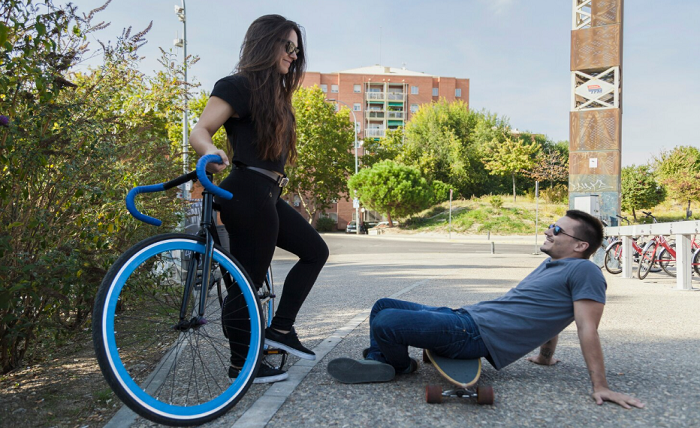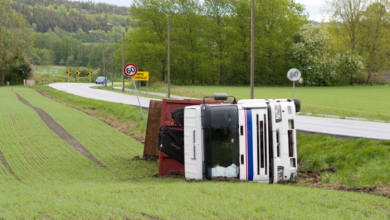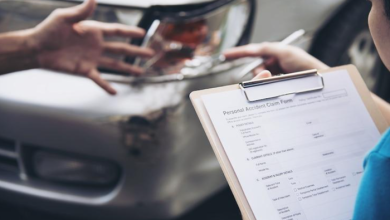
New York is known for its fast pace, crowded streets, and growing number of cyclists. Whether you’re biking through the streets of Manhattan, cruising along the Hudson River Greenway, or commuting through Brooklyn, cycling in New York offers convenience, exercise, and even joy—but it also comes with risks.
If you’re involved in a crash, knowing what to do immediately after a bicycle accident can make all the difference. Not only for your health and safety, but also to protect your legal rights. The bicycle accident attorneys in New York understand how complex these cases can be and are here to help guide you through what comes next.
Here’s what to do right after a bicycle accident:
- Make Safety Your First Priority
After an accident, check yourself for injuries. If you’re seriously hurt, try not to move and wait for emergency personnel. If you’re able to move safely, get out of traffic and to a secure location. Your safety is the top priority.
If you’re not badly injured, check on others involved. Call 911 to report the accident, even if injuries seem minor—some symptoms may show up hours or days later.
- Call the Police and Get a Report
Always wait for the police to arrive. A police report provides an official record of the crash and can be valuable if you pursue a personal injury claim later. Make sure your version of events is included in the report, and ask how you can obtain a copy.
Even if the driver apologizes and suggests settling privately, don’t skip calling the police—it could hurt your case down the line.
- Gather Evidence at the Scene
If you’re physically able, take photos and videos of the scene, including:
- Your bicycle and any damage
- The vehicle involved
- Road conditions and traffic signs
- Injuries to you or others
Also, collect the driver’s information, including their name, phone number, license plate, insurance, and vehicle registration. If there are any witnesses, ask for their names and contact details as well.
- Don’t Admit Fault or Downplay Injuries
It’s natural to want to brush things off, especially when adrenaline is high. But avoid saying things like “I’m fine” or “It was probably my fault.” These statements could later be used against you by insurance companies or in court.
Stick to the facts when speaking with police and others at the scene.
- Seek Medical Attention Right Away
Even if you feel okay, it’s important to get checked by a medical professional. Injuries like concussions, internal bleeding, or soft tissue damage may not be immediately obvious.
Medical records serve as important evidence if you later need to file a personal injury claim.
- Report the Accident to Your Insurance (and Theirs)
If a motor vehicle was involved, notify your insurance company and provide the details. You should also contact the at-fault party’s insurance. Be cautious—don’t give recorded statements or accept any quick settlement offers before speaking with a lawyer.
- Consult a Bicycle Accident Attorney
Navigating the aftermath of a bike accident can be overwhelming. Speaking with experienced bicycle accident attorneys in can help protect your rights and ensure you don’t settle for less than you deserve. A lawyer can evaluate your case, communicate with insurance companies, and help you recover compensation for medical bills, lost wages, and other damages.
Final Thoughts
The moments after a bicycle accident can be chaotic and frightening, but taking the right steps can protect your health and your future. From documenting the scene to speaking with a skilled attorney, each action plays a role in building a strong foundation for your case.
Key Takeaways
- Call 911 and ensure a police report is filed, even if injuries seem minor.
- Collect evidence at the scene: photos, witness contact info, and driver details.
- Avoid admitting fault or minimizing your injuries—you may not feel pain right away.
- Seek medical attention immediately, even if you feel fine.
- Report the accident to insurance, but don’t accept a settlement without legal
- Consult experienced bicycle accident attorneys to understand your rights and legal options.



